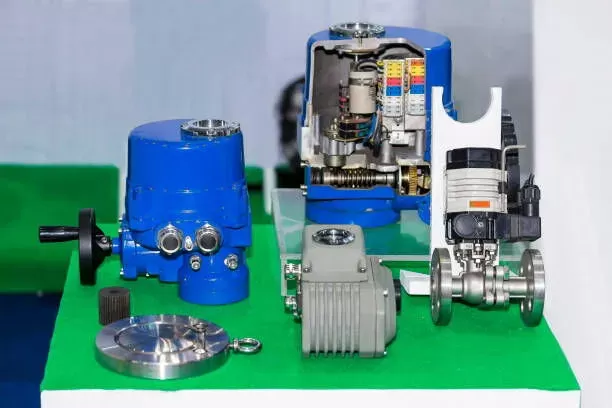Notifications

5 minutes, 53 seconds
-5 Views 0 Comments 0 Likes 0 Reviews

In modern industrial production, control valves are critical components that regulate flow, pressure, and temperature across countless systems. Over time, however, prolonged use without proper maintenance or recalibration can cause significant deviations in valve stroke accuracy. This means the valve may not open or close precisely to the desired position, which can severely impact system efficiency, stability, and safety.
The stroke of a control valve refers to the movement range of the valve plug or disc—from fully closed (0%) to fully open (100%). Ideally, when the control system commands a specific valve opening (e.g., 25% or 75%), the actual position should match exactly. However, factors such as mechanical wear, vibration, pressure variations, and harsh environmental conditions can cause discrepancies, leading to process instability and reduced control quality.
Routine calibration and adjustment are essential to correct these errors, especially in precision-critical systems.
During calibration, technicians use five key reference points across the stroke to verify and fine-tune valve responsiveness. These points ensure smooth, linear operation throughout the entire valve range.
Mechanical valve positioners, in particular, require manual tuning of two key adjustments inside the device:
Zero position adjustment
Span adjustment
The following steps illustrate the calibration process for a typical “air-to-open” control valve.
Send a 4 mA signal (the control signal corresponding to fully closed) from the control system or signal generator. If the valve remains partially open, manually adjust the zero mechanism until the valve closes completely at 4 mA.
Send a 12 mA signal to position the valve at 50% open. If the actual valve opening deviates, adjust the span. Ensure the feedback linkage between the valve stem and positioner rod is vertically aligned to avoid mechanical bias.
Send a 20 mA signal to confirm the valve fully opens. If deviations exist, revisit span or mechanical alignment adjustments.
Verify the valve positions at 25% and 75%. Repeat adjustments as necessary to ensure proportional and accurate response across the full stroke.
Mechanical positioners remain widely used in industrial environments—especially where budgets or harsh conditions limit digital component use. They rely on springs, cams, and direct mechanical feedback to control valve position. Calibration requires hands-on adjustment and real-time testing.
These positioners offer valuable training opportunities for technicians to understand valve mechanics and control principles in depth.
Intelligent positioners incorporate microprocessors, digital signal processing, and auto-calibration features. They simplify setup, reduce maintenance time, and provide enhanced diagnostic capabilities. With user-friendly interfaces and automated adjustment, intelligent positioners greatly improve accuracy and reliability.
However, technical expertise remains necessary to interpret diagnostic data and respond to alarms or faults.
Positioners act as the critical interface between control signals (typically 4–20 mA) and the valve’s physical movement. A malfunctioning positioner disrupts automatic control, potentially causing manual overrides, process interruptions, or safety risks.
Industries like oil & gas, chemical processing, and power generation rely heavily on properly calibrated positioners to maintain uptime, safety, and operational efficiency.
Schedule Regular Calibrations: Ideally every 6–12 months based on operating conditions.
Inspect Feedback Linkages: Ensure proper alignment to avoid mechanical errors and wear.
Avoid Over-Tightening: Excessive force can distort parts or misalign mechanisms.
Leverage Diagnostics: Use built-in tools in intelligent positioners to monitor valve health.
Document Calibration Data: Maintain detailed logs for trend analysis and troubleshooting.
The transition from mechanical to intelligent valve positioners exemplifies industrial automation’s shift towards greater efficiency and reduced manual effort. Both types, however, remain essential depending on application demands.
Mechanical positioners offer robustness and valuable learning opportunities in budget-sensitive or harsh environments.
Intelligent positioners provide precision, diagnostics, and ease of maintenance in advanced automated systems.
Regardless of type, a properly maintained and calibrated positioner is vital for ensuring accurate valve stroke response, optimal process control, and system safety. Investing time and resources into valve calibration and understanding valve dynamics ensures smoother operations, reduced downtime, and improved overall process performance.Know more about Google SEO Directory

